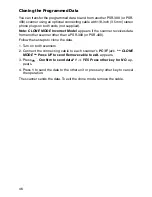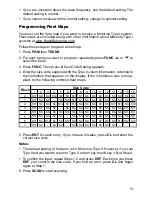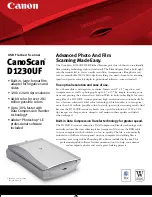
47
TRUNKING
How Trunking Works
The scanner tracks transmissions that use the Motorola Type I and Type II
(such as Smartnet and Privacy Plus) and hybrid analog trunking systems, plus
GE/Ericsson (EDACS) and EF Johnson (LTR) type systems extensively used in
many communication systems.
Trunking systems allocate a few frequencies to many different users. When the
mobile unit transmits a signal, one frequency is chosen from among the allo-
cated frequencies in that trunking system. The user’s ID talk group is sent with
the signal.
To receive trunking signals, you must store all the trunking control frequencies
for Motorola systems or all the trunking group frequencies for EDACS and LTR
in one bank (see “Storing Known Frequencies into Channels”) and input ID
codes in the ID memory (see “Storing Talk Group IDs”).
Your PSR-300 automatically calculates Motorola voice channel frequencies when
it decodes the control channel. This eliminates the need to enter all the Motorola
group frequencies.
The control channels are subject to change depending on the day. Therefore
enter all the control frequencies in the same bank. If you do not know which is
the control channel, it is better to enter all the system frequencies into the same
bank.
When the scanner decodes the Motorola control channel and finds the voice
channel, the scanner displays the control channel memory location and the
received frequency on the second line,
VC
(voice channel) on the third line, the
bank and control channel memory location number or channel text on the fourth
line and the Motorola ID number on the bottom line.
Note:
To listen to the transmission, the mode of the programmed channel must
be the same as that of the trunking channel (MO, ED, or LT).
When an ID code is received, the ID list for the bank is searched, and if found,
the text name stored for the ID appears. If not found, scanning resumes imme-
diately unless the bank is in open trunking mode.
Notes:
• There might be more than one talk group transmitting at a time in some
Motorola trunking systems. If you set the scanner to manually tune in Motorola
trunking mode, you will hear the talk group on that channel, but the display
will alternate between all active IDs.
• Frequency fleet map and talk group information are also widely available on
the Internet (for example, at www.RadioReference.com).
















































